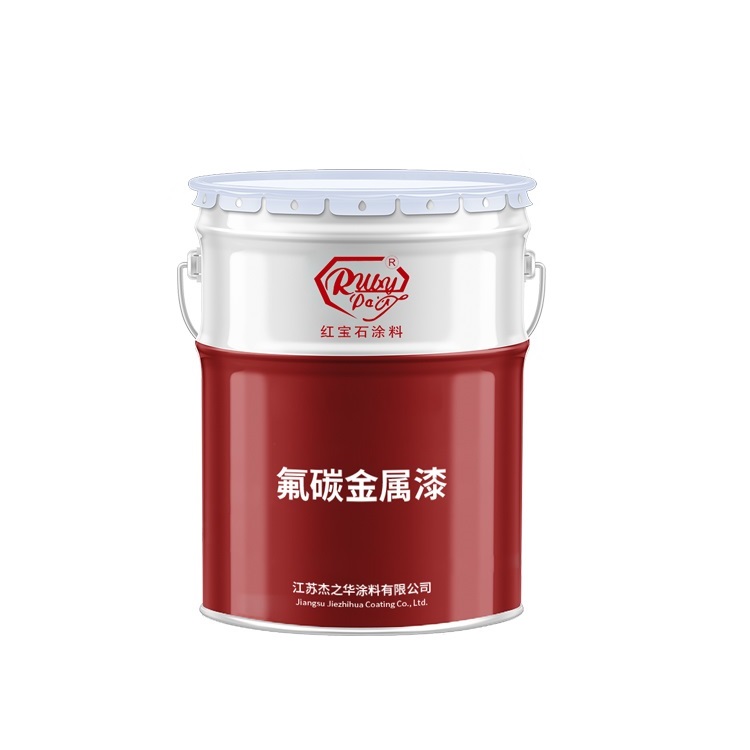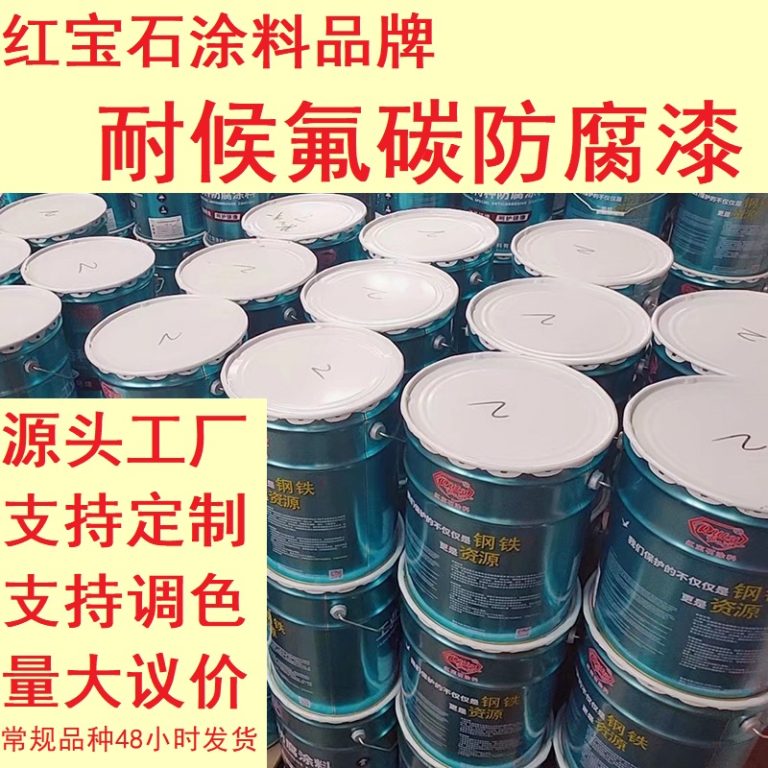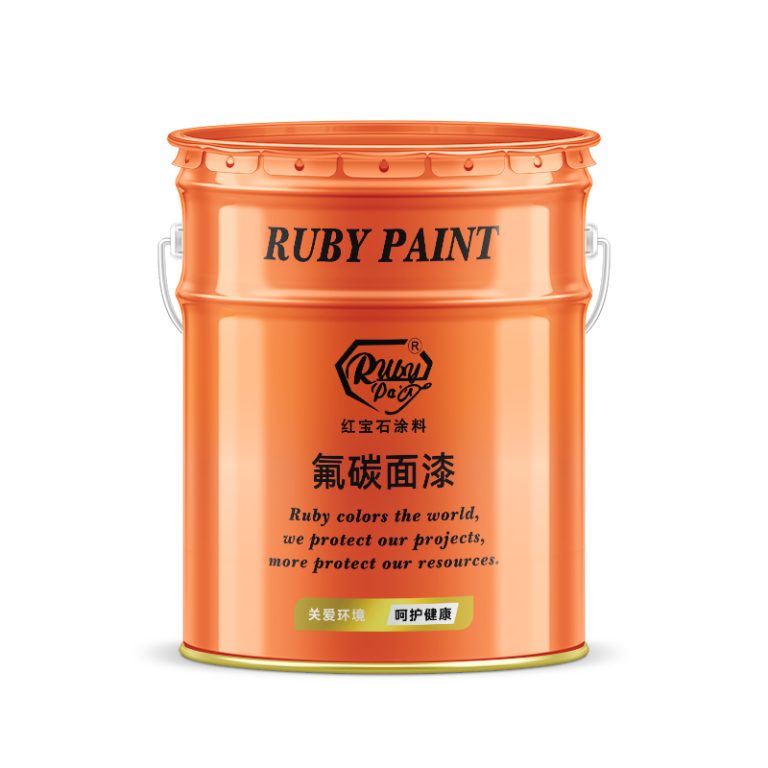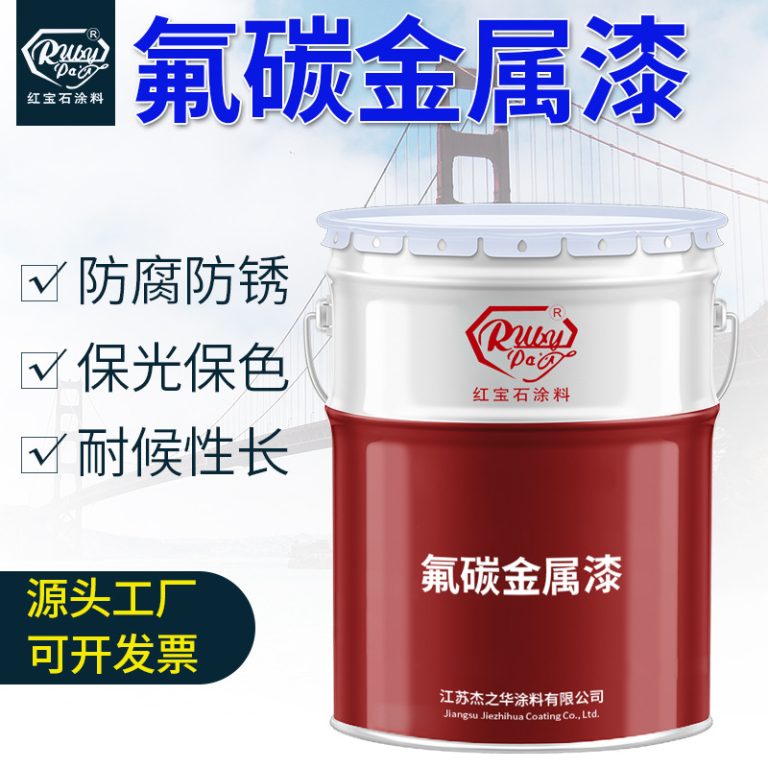Table of Contents
فوائد الطلاءات الإيبوكسي الغنية بالزنك للحماية من التآكل
لا.
| المنتج | الطلاء الصناعي |
| 1 | الرقم |
| اسم المنتج | طلاء وسطي من الفلوراكربون |
| 1 | تقنيات تطبيق الطلاءات الإيبوكسي الغنية بالزنك في البيئات الصناعية |
طلاء الإيبوكسي الغني بالزنك: تقنيات التطبيق في الإعدادات الصناعية
في عالم الطلاءات الصناعية، تتميز الطلاءات الإيبوكسيية الغنية بالزنك بقدرتها الاستثنائية على حماية الهياكل الفولاذية من التآكل. يتم تصنيع هذه الطلاءات بتركيز عالٍ من غبار الزنك، والذي يعمل بمثابة أنود قرباني لحماية المعدن الأساسي من العوامل البيئية المؤكسدة. ومع ذلك، فإن تطبيق طلاءات الإيبوكسي الغنية بالزنك يتطلب اهتمامًا دقيقًا بالتقنية لضمان طول عمر الطبقة الواقية وفعاليتها.
تتضمن الخطوة الأولى في عملية التطبيق إعداد السطح، وهو أمر بالغ الأهمية لتحقيق الالتصاق والأداء الأمثل. يجب تنظيف السطح الفولاذي جيدًا لإزالة أي ملوثات مثل الزيت أو الشحوم أو الصدأ الموجود. يتم تحقيق ذلك عادةً من خلال السفع الكاشطة، الذي لا ينظف السطح فحسب، بل يوفر أيضًا شكلاً مناسبًا لتثبيت الطلاء عليه. غالبًا ما يتم تحديد درجة إعداد السطح بمعايير مثل جمعية الطلاءات الواقية (SSPC) أو الرابطة الوطنية لمهندسي التآكل (NACE)، مع المراجع الشائعة وهي SSPC-SP10/NACE رقم 2 لتنظيف المعادن شبه البيضاء. .
بمجرد تحضير السطح، يمكن البدء في تطبيق طلاء الإيبوكسي الغني بالزنك. من الضروري أن يتم خلط النظام المكون من مكونين – راتنجات الإيبوكسي والمصلب – بما يتفق بدقة مع تعليمات الشركة المصنعة. يمكن أن تؤدي نسبة الخلط غير الصحيحة إلى معالجة غير كافية وخصائص وقائية معرضة للخطر. بالإضافة إلى ذلك، يتطلب المحتوى العالي من الزنك خلطًا شاملاً لضمان توزيع جزيئات الزنك بالتساوي في جميع أنحاء الخليط قبل التطبيق.
يمكن أن تختلف طريقة التطبيق وفقًا لحجم المشروع والمتطلبات المحددة للوظيفة. يعد تطبيق الرش خيارًا شائعًا للمشاريع الصناعية واسعة النطاق نظرًا لكفاءته وقدرته على توفير طبقة موحدة. عند الرش، من الضروري الحفاظ على المسافة والزاوية الصحيحة على السطح، بالإضافة إلى سرعة ثابتة، لتجنب الجري أو الترهل في الطلاء. يعد استخدام معدات الرش المتخصصة التي يمكنها التعامل مع الطبيعة الكاشطة لجزيئات الزنك أحد الاعتبارات الرئيسية أيضًا.
في الختام، يعد تطبيق طلاءات الإيبوكسي الغنية بالزنك في البيئات الصناعية عملية معقدة تتطلب مستوى عالٍ من الخبرة والدقة. بدءًا من تحضير السطح وحتى المعالجة النهائية، يجب تنفيذ كل خطوة بعناية للتأكد من أن الطلاء يؤدي وظيفته المقصودة وهي حماية الهياكل الفولاذية من التآكل. ومن خلال الالتزام بالتقنيات والظروف البيئية الموصى بها، يمكن للمنشآت الصناعية إطالة عمر أصولها والحفاظ على سلامتها في مواجهة قوى الطبيعة القاسية.
Zinc Rich Epoxy Coating: Application Techniques in Industrial Settings
In the realm of industrial coatings, zinc rich epoxy coatings stand out for their exceptional ability to protect steel structures from corrosion. These coatings are formulated with a high concentration of zinc dust, which serves as a sacrificial anode to guard the underlying metal against oxidative environmental factors. The application of zinc rich epoxy coatings, however, requires meticulous attention to technique to ensure the longevity and effectiveness of the protective layer.
The initial step in the application process involves surface preparation, which is critical for achieving optimal adhesion and performance. The steel surface must be thoroughly cleaned to remove any contaminants such as oil, grease, or existing rust. This is typically accomplished through abrasive blasting, which not only cleans the surface but also provides a suitable profile for the coating to anchor onto. The degree of surface preparation is often specified by standards such as the Society for Protective Coatings (SSPC) or the National Association of Corrosion Engineers (NACE), with common references being SSPC-SP10/NACE No. 2 for near-white metal blast cleaning.
Once the surface is prepared, the application of the zinc rich epoxy coating can commence. It is imperative that the mixing of the two-component system—the epoxy resin and the hardener—is conducted in strict accordance with the manufacturer’s instructions. An incorrect mix ratio can lead to inadequate curing and compromised protective properties. Additionally, the high zinc content necessitates thorough mixing to ensure the zinc particles are evenly dispersed throughout the mixture before application.
The method of application can vary depending on the scale of the project and the specific requirements of the job. Spray application is a common choice for large-scale industrial projects due to its efficiency and ability to provide a uniform coat. When spraying, it is essential to maintain the correct distance and angle to the surface, as well as a consistent speed, to avoid runs or sags in the coating. The use of specialized spray equipment that can handle the abrasive nature of the zinc particles is also a key consideration.
For smaller areas or touch-up work, brush or roller application may be more practical. These methods require careful attention to ensure that the coating is applied evenly and without excessive thickness, which could lead to issues with curing and performance. Regardless of the application method, it is crucial to apply the coating within the specified dry film thickness range recommended by the manufacturer. Multiple coats may be necessary to achieve the desired thickness, with appropriate intervals between coats to allow for sufficient curing.
Environmental conditions play a significant role in the application of zinc rich epoxy coatings. Temperature, humidity, and ventilation must all be within the parameters specified by the coating manufacturer. Deviations from these conditions can affect the cure time and final properties of the coating. For instance, high humidity can lead to condensation on the surface, which can interfere with adhesion, while low temperatures can slow down the curing process.
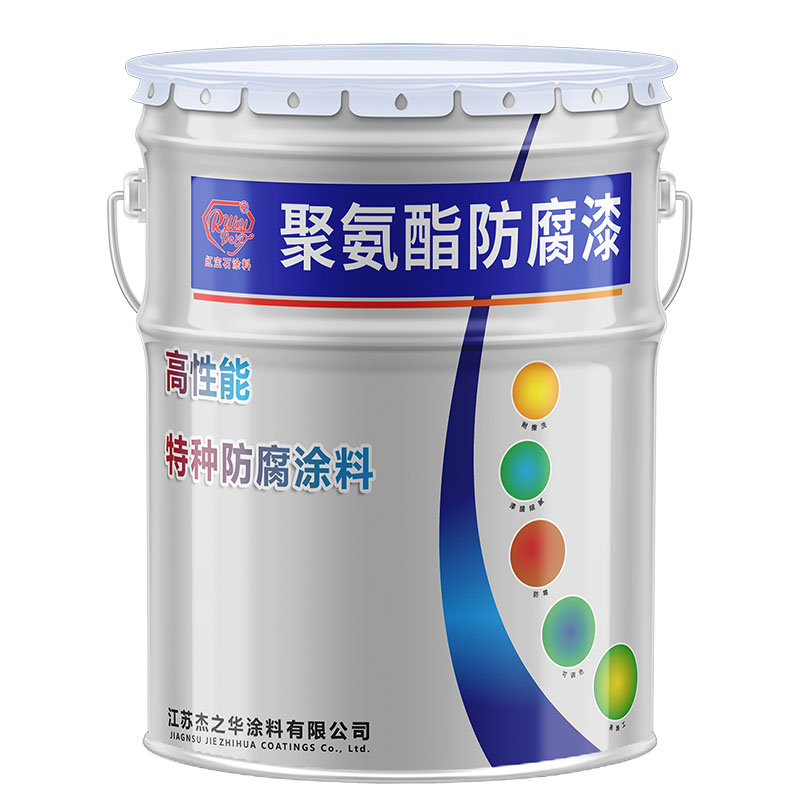
In conclusion, the application of zinc rich epoxy coatings in industrial settings is a complex process that demands a high level of expertise and precision. From surface preparation to the final cure, each step must be executed with care to ensure that the coating performs its intended function of protecting steel structures from corrosion. By adhering to the recommended techniques and environmental conditions, industrial facilities can extend the life of their assets and maintain their integrity against the relentless forces of nature.

